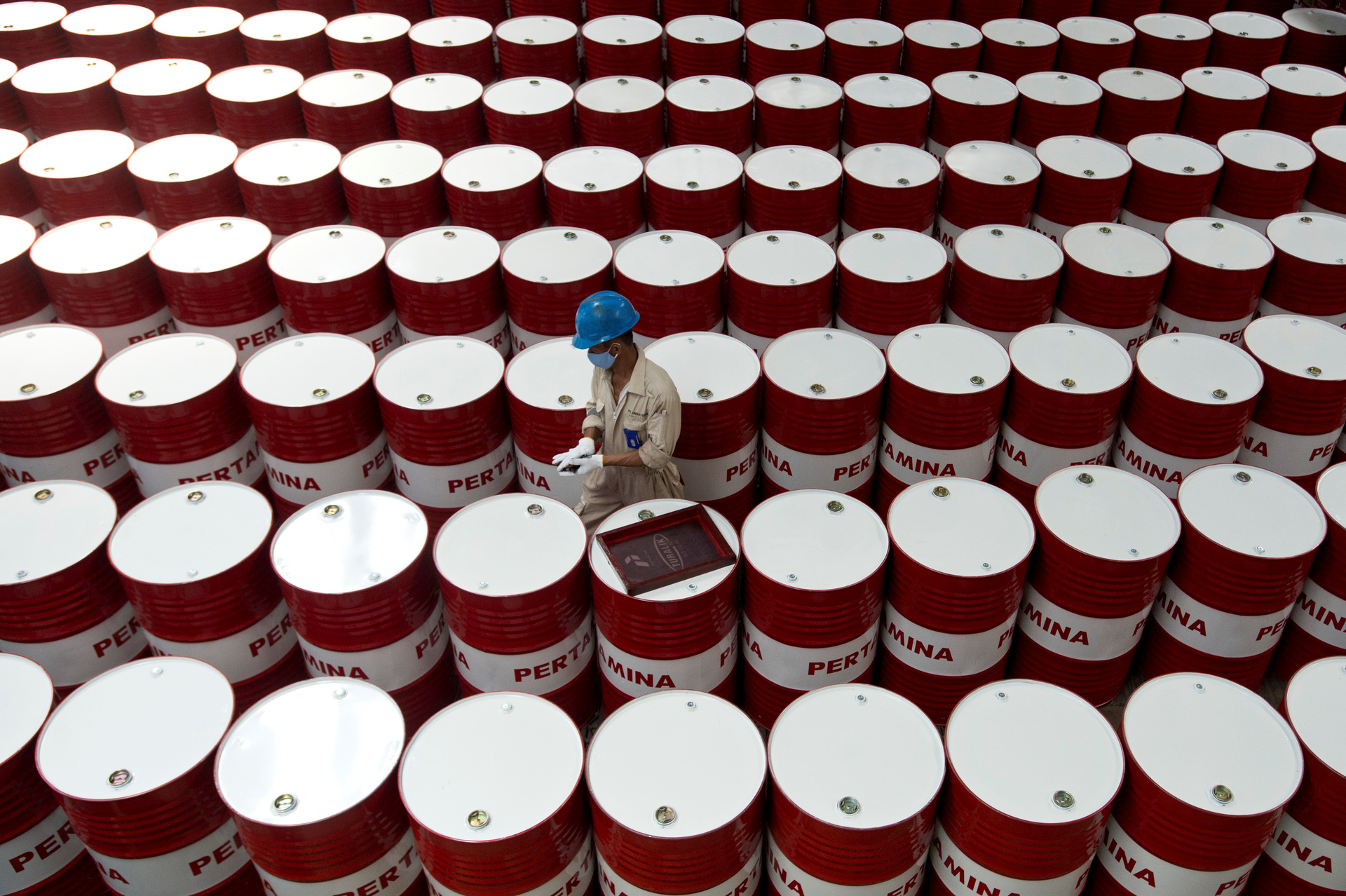On Wednesday, January 13, world oil prices showed a noticeable increase.
In the middle of trading, the price of Brent crude on the ICE exchange in London rose by almost 1.5% to $ 57.41 per barrel.
The last time a similar indicator could be observed on February 24, 2020.
In the afternoon, the indicator corrected moderately.
According to experts, market participants reacted positively to the data on a sharp reduction in raw materials reserves in the United States.
According to a report by the American Petroleum Institute (API), the volume of oil reserves in the United States decreased by 5.82 million barrels over the week.
At the same time, analysts predicted a decrease in the indicator by only 2.7 million barrels.
“US oil reserves show another weekly decline.
Investors are counting on the country's newly elected President Joe Biden to announce additional financial assistance to the US economy.
In anticipation of economic incentives, fuel consumption in the country begins to grow, so inventories are decreasing, "Freedom Finance analyst Yevgeny Mironyuk explained in an interview with RT.
In addition, additional support for oil prices is provided by news about the start of mass vaccination against coronavirus in several countries.
As noted by Mironyuk, in these conditions, market players hope for a faster recovery of the world economy and global demand for energy resources.
“The pandemic is now affecting oil quotes to a lesser extent.
In their assessments, investors set the scenario for a smooth recovery in demand and are guided by the completion of the main stage of vaccination by mid-2021, ”the analyst added.
Note that since the beginning of the year, oil prices on the world market have risen by more than 10%.
One of the main reasons for this dynamics was the renewal of the terms of the OPEC + deal.
So, on January 5, the countries participating in the agreement on limiting oil production decided to further reduce the production of raw materials in February and March by more than 1.4 million barrels per day.
By their actions, the states intend to achieve a balance between supply and demand in the global hydrocarbon market.
Such a policy should protect prices from new collapses, analysts are sure.
“The observed rise in prices is connected precisely with the limited supply of raw materials in the world market due to the OPEC + deal, as well as with an increase in energy demand due to economic recovery and abnormal cold weather in Asia and part of Europe,” Alexey Kirienko, managing partner of EXANTE, told RT.
According to Yevgeny Mironyuk, under current conditions, oil prices may additionally rise in the near future and reach the psychological mark of $ 60 per barrel.
Over the next two months, quotations will continue to fluctuate in a wide range of $ 50-60 per barrel, the analyst predicts.
Reuters
© Antara Foto / Rosa Panggabean
At the same time, according to Kiriyenko, the recovery in energy prices could lead to a noticeable increase in shale oil production in the United States.
This state of affairs, in turn, risks resulting in an increase in the global supply of hydrocarbons, which will devalue the efforts of OPEC +.
“The observed rally in prices is capable of encouraging shale producers, especially in the face of constrained supply from OPEC +.
At the same time, strict control of production may force the participants in the transaction to give part of the energy market to American companies, ”admits Kiriyenko.
Recall that in 2020, against the background of a sharp collapse in quotations, shale oil production in the United States became unprofitable.
As a result, many US producers of raw materials faced bankruptcy and were forced to leave the market.
However, the rise in prices above $ 50 per barrel again made shale oil production profitable, and drilling activity in the United States began to grow.
According to Baker Hughes, in the first week of 2021 alone, the number of active oil rigs in the US increased by eight to reach 275, the highest since May 2020.
“At current price levels, most drilling platforms in the US are profitable.
The country's oil shale industry is recovering, and by the end of this week the number of active drilling rigs may rise to 280-290 units, ”Yevgeny Mironyuk suggested.
However, experts do not yet expect a significant increase in oil production by shale companies.
As expected, the work of producers of raw materials may be somewhat limited by Joe Biden's environmental initiatives.
In particular, the new head of the White House may stop issuing permits for the development of shale deposits in federal lands.
“In addition, we can talk about tougher regulation of associated petroleum gas (APG) during production.
This is already a more serious threat, since due to the lack of sales markets in the recent past, prices for APG in the United States even went into negative territory.
Currently, large volumes of APG are flared in wells.
If the regulation is tightened, then the wells will have to be closed, since the gas will simply have nowhere to go, "Vitaly Gromadin, senior analyst at BCS World of Investments, told RT.

